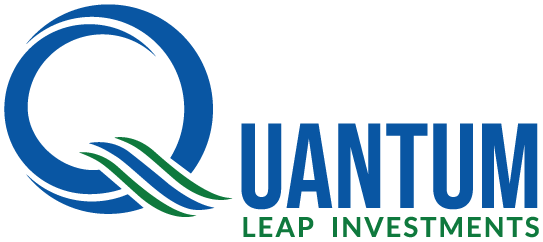LIFE GOALS AND RISK PROFILE
Understanding your life goals and risk profile is essential for your financial journey. Here’s how you can approach both:You can meet your life goals and objectives through the proper management of your finances. Life goals can include a range of objectives, from buying a house to saving for your child's higher education or planning for retirement. Similarly your risk profile determines how much risk you can take to achieve those goals. Risk profiling is crucial when investing in mutual funds because it helps align your investments with your financial goals, risk tolerance, and investment horizon. Here’s why it’s important:
1. Alignment with Financial Goals
Different mutual funds cater to different financial goals. For instance, equity funds may be suitable for long-term growth goals, while bond funds might be better for short-term income needs. Risk profiling ensures you choose funds that match your specific financial objectives.
2. Risk Tolerance Assessment
Risk profiling assesses how comfortable you are with the ups and downs of the market. If you have a low tolerance for risk, you may prefer more stable, lower-risk funds. Conversely, if you can handle more volatility, higher-risk funds may offer better long-term returns.
3. Investment Horizon
Your investment horizon significantly influences your risk profile. Longer horizons generally allow for higher-risk investments since there’s more time to recover from market fluctuations. Shorter horizons typically require safer, more stable investments.
4. Optimal Asset Allocation
Risk profiling helps in creating a diversified portfolio tailored to your risk tolerance. A well-diversified portfolio can minimize risk by spreading investments across different asset classes and sectors.
5. Long-term Investment Success
By understanding and adhering to your risk profile, you’re more likely to stay committed to your investment strategy, leading to better long-term outcomes.
In summary, risk profiling is essential in mutual fund investing as it helps you choose the right funds, maintain a diversified portfolio, manage expectations, and ultimately achieve your financial goals while staying within your comfort level regarding risk.

